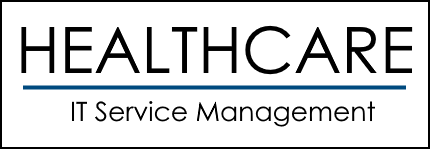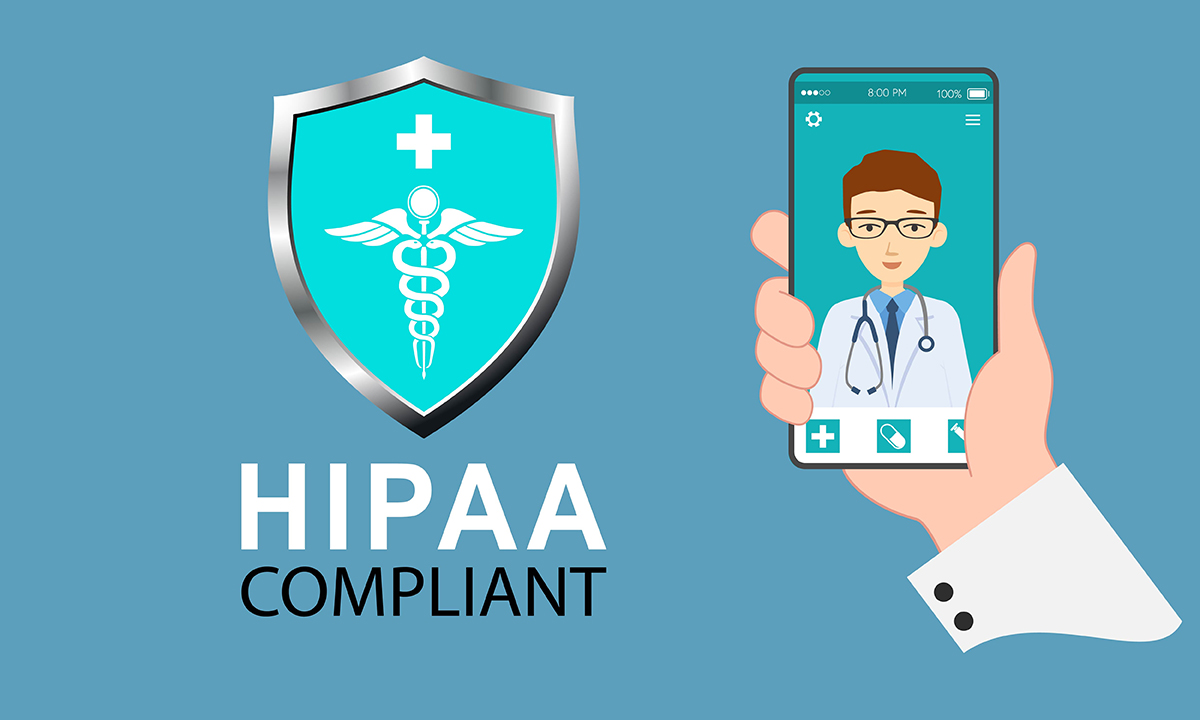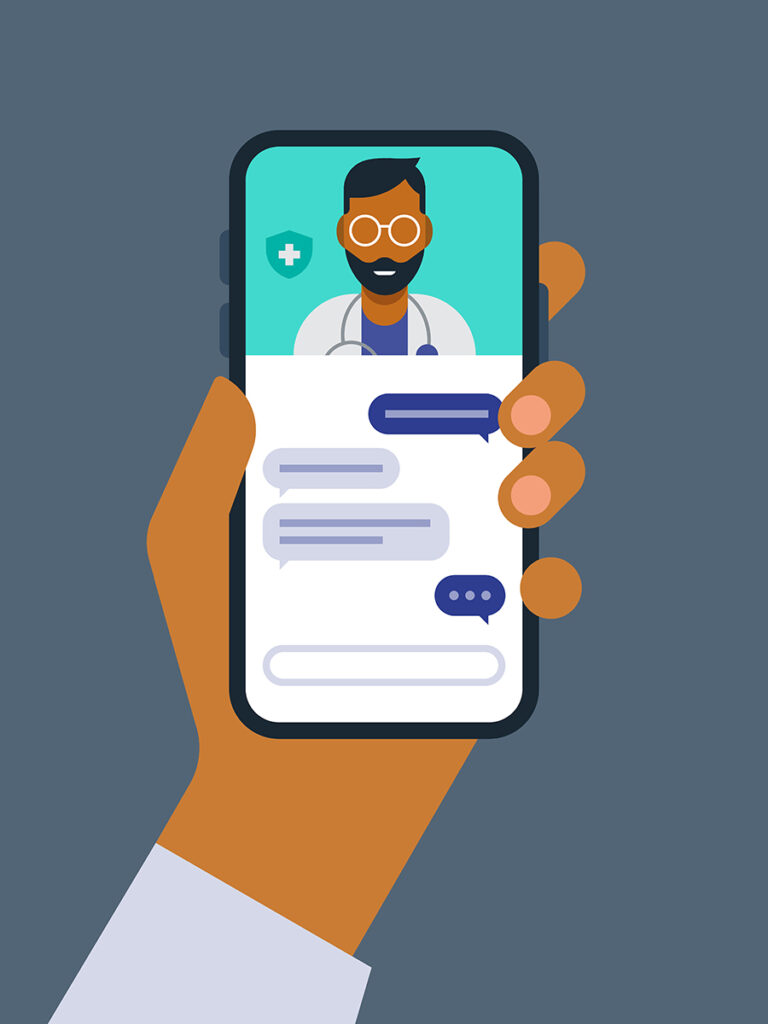Table of Contents
ToggleSMS communication in healthcare refers to the use of text messaging to communicate between healthcare providers and patients. It has become increasingly popular due to its convenience, accessibility, and speed. According to a Pew Research Center survey conducted in 2019, 97% of American adults own a cellphone, and 96% of them use it to send text messages at least once a week. SMS communication can be used for appointment reminders, medication reminders, test results, and general communication between healthcare providers and patients. 95% of text messages are read and responded to within 3 minutes of being received. Text messages are being utilized by healthcare providers to send appointment reminders to patients. Missed appointments cost Hospitals $150 billion every year. SMS in healthcare can reduce the number of missed medical appointments by 20%. Since patients can cancel appointments through text there has been a significant reduction in no shows. Additionally, patients are informed about delays through messages, which improves their experience by reducing wait times. Prescription reminders are also sent via text, leading to a decrease in uncollected prescriptions. Patients find these services to be popular, with a Software Advice study indicating that 20% of patients prefer receiving health information from healthcare professionals through text messages instead of patient portals.
Texting in healthcare also improves communication between all members of the care team. These enhancements have improved patient handovers which results in a decrease in potential errors. The capability to text colleagues eliminates numerous wasted hours. This has led to an improvement in staff satisfaction levels. Healthcare institutions that have implemented secure text messaging platforms have witnessed a boost in productivity and quality of care. Patients have experienced shorter stays and quicker transfer times, resulting in improved throughput and reduced waiting times.
However, there are also potential privacy and security concerns with SMS communication in healthcare. Healthcare providers must ensure that they are following HIPAA regulations and taking appropriate measures to protect patient information. Messages can be sent to the wrong individual, deleted, and can be stored on devices for prolonged periods. This can increase the risk of unauthorized people gaining access to sensitive information. The HIPAA Security Rule requires safeguards to be used to protect ePHI. These controls help stop unauthorized individuals from accessing them. As well as the ePHI being altered or accidentally destroyed. All these controls are absent in standard SMS messages. To use text messaging in healthcare a HIPAA compliant text messaging platform is required which is protected with end-to-end encryption.
Practices for HIPAA Compliant Texting
Ensure Device Security
To achieve HIPAA-compliant SMS, it is crucial to secure your devices. Any device that sends or receives SMS messages containing PHI must be protected from potential misuse to avoid the unauthorized disclosure of patient information. Establish a device security policy, such as restricting the use of devices at your facility to work-related activities or encrypting devices intended for SMS messaging. Password protection should be mandatory for all devices utilized in sending SMS messages.
Establish SMS Messaging Policies
It is crucial for your facility to establish a clear policy regarding the access and sharing of patient information through SMS messaging. The policy should outline which patient information can be shared via text, who has permission to access such data, and the proper procedures for sending messages.
Consider the following factors when developing your policy:
- Implement trackable user IDs: Assign unique user identification numbers to monitor access to PHI and limit access to specific types of information.
- Establish emergency access credentials: Determine what constitutes an emergency and who will be granted access to PHI during such situations.
- Utilize message encryption: Invest in messaging encryption to prevent unauthorized use or access to PHI.
Use Audit and Reporting Tools
Evaluating the availability and utilization of PHI assists healthcare providers in gauging hazards and enhancing data protection. It is the responsibility of each covered entity to ascertain the necessary measures and resources required to safeguard patient information effectively. To guarantee adherence to HIPAA regulations in text messaging, a beneficial approach is to incorporate SMS messaging audit and reporting tools. These tools document and create reports on all user actions, encompassing administrative access, creating a lucid chronology of the individuals who accessed data and when. By utilizing these tools, your team can detect and reduce any potential threats related to message access and technological security.
Educate staff and patients about texting policy
The protection of PHI is heavily reliant on the technology used for sending SMS messages, as well as the behavior of your facility’s staff. Failure to adhere to best practices when sending and receiving sensitive health data can result in staff members becoming a data risk, potentially compromising patient information and putting your facility at risk of non-compliance. It is crucial to train your staff on your facility’s safe texting policies, including what information to include in SMS messages and how to securely send them. In addition, educating patients about your facility’s SMS messaging policies is essential. Patients have the right to understand how their information may be used and to provide their consent accordingly. Informing patients about the measures taken to protect their data can also help to establish trust.
Verify a recipient
It is crucial to verify the recipient’s identity before sending an SMS message that contains PHI. HIPAA mandates healthcare providers to ensure that data is protected and not accessible to unauthorized individuals. It is important to prevent patients’ coworkers or family members from accidentally reading texts containing PHI. To maintain the security of this information, verifying the recipient’s identity is imperative. Two-factor authentication using SMS can be used by your facility to confirm users’ identities before allowing them access to PHI.
The Future of Telehealth: Leveraging SMS Messaging for Widespread Accessibility and Cost-Effective Communication
SMS messaging provides a reliable future for telehealth due to its widespread availability and ease of use. Most people have access to a mobile phone and can use SMS messaging without any additional equipment or software. This makes it an accessible and cost-effective option for healthcare providers to communicate with patients remotely and reduce the need for in-person visits. From a coding perspective, SMS messaging can be integrated into telehealth platforms using APIs (Application Programming Interfaces) provided by SMS gateway providers. These APIs allow developers to send and receive SMS messages programmatically, enabling the integration of SMS messaging into telehealth applications.
SMS messaging in telehealth is important for mental health patients because it provides a convenient and accessible way for them to communicate with their healthcare providers. Mental health patients may struggle with mobility issues, social anxiety, or other conditions that make it difficult to attend in-person appointments. SMS messaging allows them to communicate with their providers from the comfort of their own homes, reducing barriers to care. Substance abuse patients can benefit from SMS messaging. Their counselor can do weekly check-ins to make sure they are attending meetings or having any difficulties with their recovery. Telehealth has gained popularity due to its ability to monitor patients’ health from the comfort of their homes.
Remote patient monitoring enables healthcare providers to manage both acute and chronic conditions, while also reducing patients’ travel expenses and risk of infection. When patients require monitoring for specific health conditions, remote patient monitoring and telehealth make a great combination. Additionally, it can help prevent health complications in patients who face difficulties in traveling. High blood pressure, diabetes, heart conditions, asthma, sleep apnea, chronic obstructive pulmonary disease, post operational pain management.
Telehealth and SMS messaging can be incredibly useful tools for monitoring patients in mental health. This accessibility can also encourage more frequent and consistent check-ins with healthcare professionals, which can improve patient outcomes. SMS messaging can be helpful in monitoring
patients between appointments. Patients can use SMS messaging to report on their mood, sleep patterns, medication adherence, and other factors that may be relevant to their treatment. Healthcare professionals can also use SMS messaging to send reminders about appointments or medication schedules. In addition to the convenience and ease of access that telehealth and SMS messaging provide, they can also improve the quality of care. By collecting data on patients’ moods, sleep patterns, and medication adherence, healthcare professionals can identify patterns and adjust treatment plans as needed. This can result in more tailored and effective treatment.
In addition, certain insurance requirements may mandate the use of SMS messaging in telehealth. For example, the Centers for Medicare and Medicaid Services (CMS) recently expanded coverage for telehealth services during the COVID-19 pandemic, including the use of SMS messaging. This has made it easier for mental health patients to access care and for providers to bill for these services. Insurance quotas can be reached using these HIPAA secure portals, which keeps cost down and patient cancellations to a minimum.
For healthcare MSP providers, SMS messaging can provide a new revenue stream by offering SMS messaging services to healthcare organizations. MSP providers can help healthcare organizations implement SMS messaging systems, provide technical support, and ensure compliance with HIPAA regulations.
Here are Some MSP Solutions for SMS Messaging in the Healthcare Industry
Twilio
A cloud communications platform that offers SMS messaging services. It is HIPAA compliant and provides secure messaging solutions for healthcare providers. Twilio enables users to send and receive text messages with minimal code. Nonetheless, it’s important to note that utilizing Twilio requires a dedicated team of developers to establish and integrate the API.
Learn More About Twilio
EZ Texting
A specialized SMS software has been created for medical practitioners, featuring a cloud-based communication platform with an uncomplicated notification system. The platform adheres to HIPAA guidelines, ensuring that patients are promptly notified of lab results, prescription refills, and appointments. Additionally, staff members can receive notifications about cleaning and maintenance schedules, equipment issues, low medication inventory, and other pertinent matters.
Learn More About EZ Texting
Betterhelp
An online counseling and therapy platform that connects users with licensed mental health professionals through video, phone, or chat sessions. It offers a wide range of services, including individual and couples therapy, as well as specialized programs for specific issues such as anxiety, depression, and addiction. Users can choose their therapist based on their preferences and needs and can switch therapists at any time if they are not satisfied with their current one.
Learn More About Betterhelp
Spruce
A all-in-one HIPAA compliant telemedicine platform that allows patients to communicate with their healthcare providers through secure messaging, video calls, and phone calls. It is designed to improve patient access to healthcare services and increase communication between patients and providers. It also can be used for staff care coordination through secure team messaging, internal notes, and assignments.
Learn More About Spruce
MSPs Can Provide Technical Support for SMS in Healthcare in These Ways
Setting up SMS gateways
MSPs can set up SMS gateways that allow healthcare providers to send and receive SMS messages securely. These gateways can be integrated with healthcare systems to provide a seamless experience.
Providing SMS APIs
MSPs can provide SMS APIs that allow healthcare providers to integrate SMS messaging into their existing healthcare systems. These APIs can be customized to meet the specific needs of healthcare providers.
Offering SMS templates
MSPs can offer pre-built SMS templates that healthcare providers can use to send appointment reminders, lab results, and other healthcare-related messages. These templates can be customized to include the healthcare provider’s branding and messaging.
Providing SMS analytics
MSPs can provide analytics that allow healthcare providers to track the effectiveness of their SMS messaging campaigns. These analytics can include delivery rates, open rates, and click-through rates.

Enhancing Quality of Care and Patient Experience in Modern Healthcare
Embracing SMS communication in healthcare not only improves the quality of care but also aligns with the modern patient’s preference for quick, efficient, and reliable communication. As technology advances, SMS will remain a pivotal component in the ongoing transformation of healthcare delivery, ensuring better patient experiences and outcomes.
Sources
- Mannheimer, S. (2023, April 16). USA Text Message Statistics Updated for 2023. SMS Comparison. https://www.smscomparison.com/sms-statistics/
- Telehealth.hhs.gov. (2023, May 11). Telehealth and remote patient monitoring. Telehealth.hhs.gov
- Alder, S. (2023, December 23). Text Messaging in Healthcare. HIPAA Journal. https://www.hipaajournal.com/text-messaging-in-healthcare/

With over 16 years in the industry, Jameson Lee has honed his skills in IT management, project execution, and strategic planning. His ability to align technology initiatives with business goals has consistently delivered remarkable results for organizations across various sectors.
Jameson’s educational background includes an Associate of Applied Science degree in Computer Networking Systems, providing him with a solid foundation in technical concepts and best practices. Complementing his technical acumen, he has also completed coursework in Business Administration, equipping him with a well-rounded understanding of the operational aspects of running successful businesses.
Driven by a commitment to staying ahead of industry trends, Jameson actively pursues professional certifications and continuous learning opportunities. His credentials include CompTIA A+, N+, and Security+, along with MCP and MCTS certifications. This dedication ensures that he remains at the forefront of technological advancements, enabling him to offer innovative solutions to complex challenges.
What sets Jameson apart is his personable approach to working with clients. He believes in fostering strong relationships and effective communication, collaborating closely with stakeholders to understand their unique needs, and provide tailored technology solutions. By building trust and understanding, Jameson ensures that every project is aligned with the client’s vision and objectives.
Throughout his career, Jameson has successfully led teams and implemented robust frameworks to optimize performance and achieve remarkable technological initiatives. Whether it’s streamlining operations, enhancing cybersecurity measures, or implementing cutting-edge software solutions, Jameson has consistently delivered tangible outcomes for his clients.
As a trusted IT partner, Jameson’s mission is to empower businesses with technology solutions that drive growth, efficiency, and competitive advantage. With his expertise, dedication, and personable approach, Jameson Lee is the catalyst for transforming your business through the power of technology.





